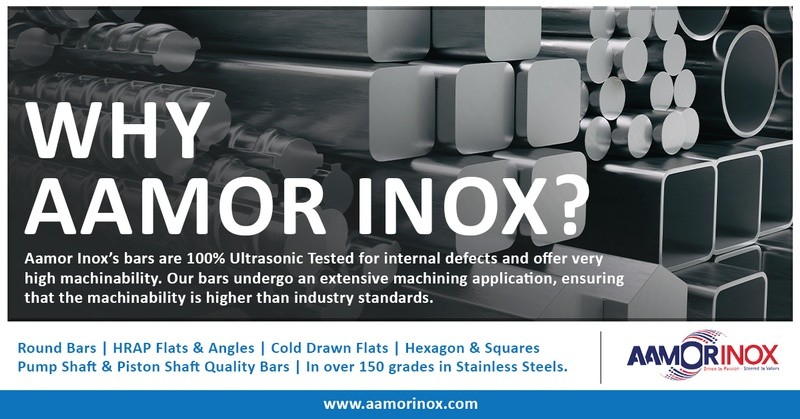We have a wealth of knowledge and experience within our team and love sharing information about our processes and stainless steel production, as well as insights that relate to the industries we work with.
Why Stainless Steel is Used in Architecture
Stainless steel finds wide application in almost every aspect of architecture, building, and construction. Way back in the 1920s, stainless steel made its way into architecture and construction, and over the years, its uses and applications have increased remarkably.
Since stainless steel is visually appealing and functionally utilitarian, it is a boon for the field of architecture. Therefore, it’s no wonder that some of its applications are meant for aesthetic appeal, for example, curtain wall and roofing. On the other hand, some of its uses are more practical and safety-centric, such as masonry and stone anchors, bollards, and safety railings.
The use of stainless steel products in architecture also depends on the alloy concerned. To elaborate, leading architectural firms, landscape design and structural engineering firms use the more highly alloyed alloy of stainless steel, containing molybdenum. Such steel is highly suitable for corrosive locations. It is also essential to consider factors like air pollution, exposure to salt, weather patterns, design and cleaning frequency when selecting a variety of stainless steel for architectural constructions. This will ensure good performance in the long run. More and more structures are being conceptualized by architects and engineers when Architecturally Exposed Stainless Steel (AESS) is the primary design element.
Reasons make stainless steel highly useful in architecture:
a) Strength and Durability
Stainless steel helps in making framing materials exceptionally strong and ductile. As a result, framing members react well to tensile stresses. Stainless steel of high-grade ensures superior structural support, besides allowing a reduction in material thickness. It is more economical as compared to conventional stainless steel grades. If you use it, you won’t have to worry about wear and tear even in the long run.
b) Corrosion-resistance
Stainless steel is, by nature, corrosion-resistant. Its aesthetic appeal further complements its corrosion-resistance. Since it has a natural coating that prevents oxidation, exposure to water, heat, or chemicals does not cause any damage to stainless steel. That’s why stainless steel is best suited for architectural and construction purposes.
c) Design flexibility
Stainless Steel products can be customized into a wide variety of shapes, which are then used for making nearly every component of a structure. If the architect or designer has a unique vision, that can also be easily incorporated, given the versatility of stainless steel. Moreover, it is easy to transport or erect since it is lightweight in nature.
d) Sustainability:
A building construction that uses stainless steel framing components automatically reduces the carbon footprint on the environment. This is because stainless steel is almost 100% recyclable. Whatever waste that is generated in the manufacturing process can be reused to make more steel. What’s more, we can always repurpose demolished stainless steel framing. You can hardly find a more sustainable building material.
Without stainless steel, we’d have had architectural structures that would have fared poorly on aesthetics and functionality, besides having poor resistance to corrosion and high temperatures.
We promise to offer the finest quality stainless steel to meet the needs of any design project. Based out of New Delhi, India, Aamor Inox is a leading manufacturer and supplier of Stainless Steel Rounds, Angles, Squares, Hexagons & Flat Bars. We export our products to over 60 countries worldwide. Please share your enquiries with us on anand@aamorinox.com, and we’ll get back to you soonest.



